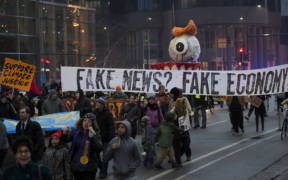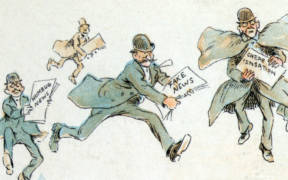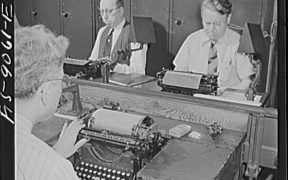
The late 19th and early-to-mid 20th centuries marked both the rise and fall of objectivity in American news media. Even so, the golden age of objectivity, paradoxically characterized by both elitism and ethicism, was anything ...

When ‘fake news’ has been a part of U.S. journalism since the days of William Randolph Hearst and Joseph Pulitzer, is there any hope for modern-day journalism? This is the eighth part in a Citizen ...

Not until the rise of the internet would technology have as great an impact on news as the telegraph. This is the seventh part in a Citizen Truth series on media bias and the history ...
The advent of the “pennys” marked a transition towards a broader appeal and more objectivity in newspapers. Part 1 | Part 2 | Part 3 | Part 4 | Part 5 The first five ...
The first four parts of this series have discussed the basics of media bias, as well as press in the colonial, revolutionary and constitutional eras of U.S. history. This segment concerns a period of history ...
So far, in the “Understanding and Unpacking Media Bias” series, we have discussed the basics of media bias as well as partisanship as it related to the press during the colonial and revolutionary periods of ...
Historical context is essential to a true understanding of bias and partisanship in U.S. news media. This article focuses on the advent and early development of newspapers in the colonial era, from about the mid ...






